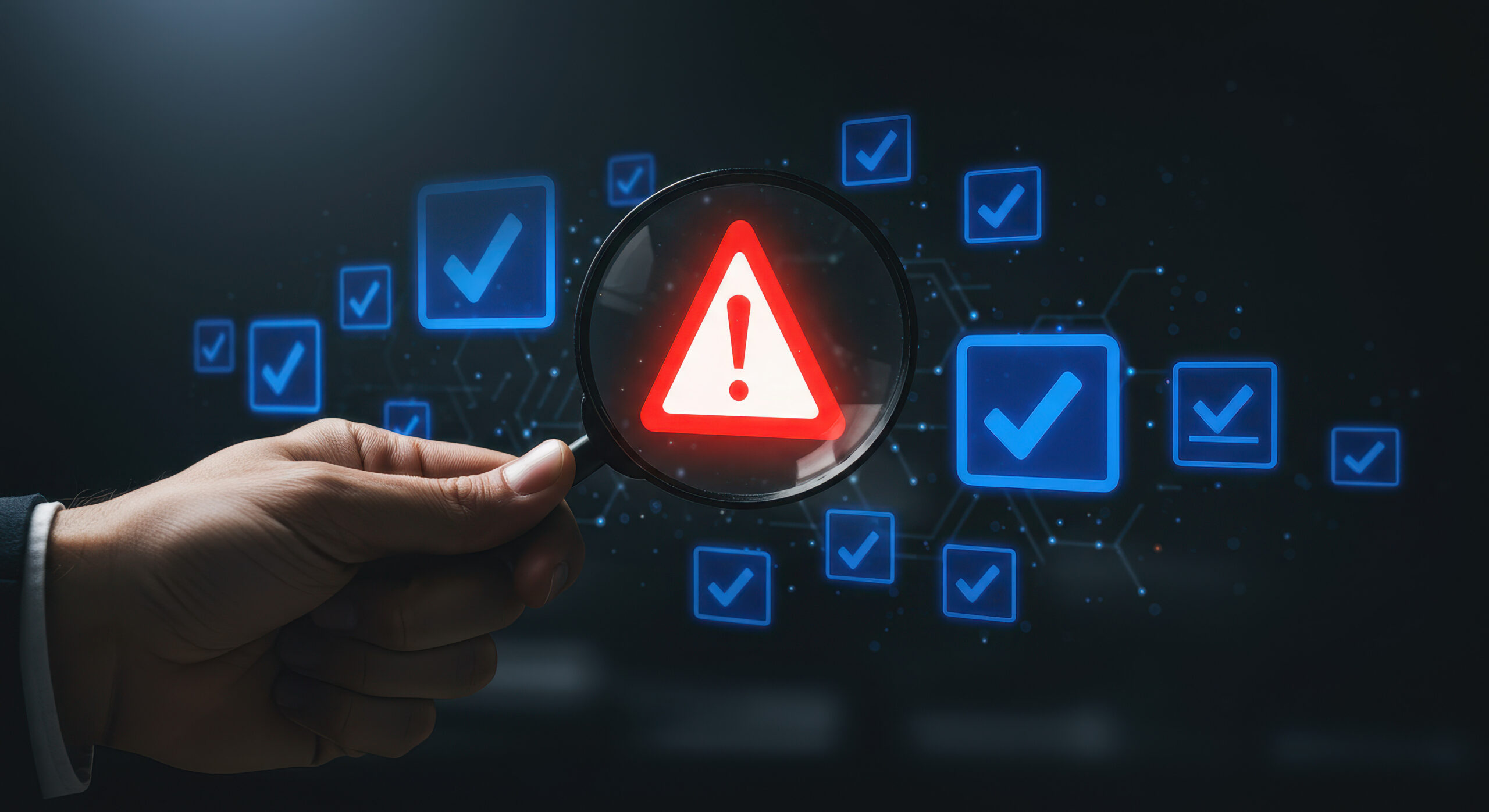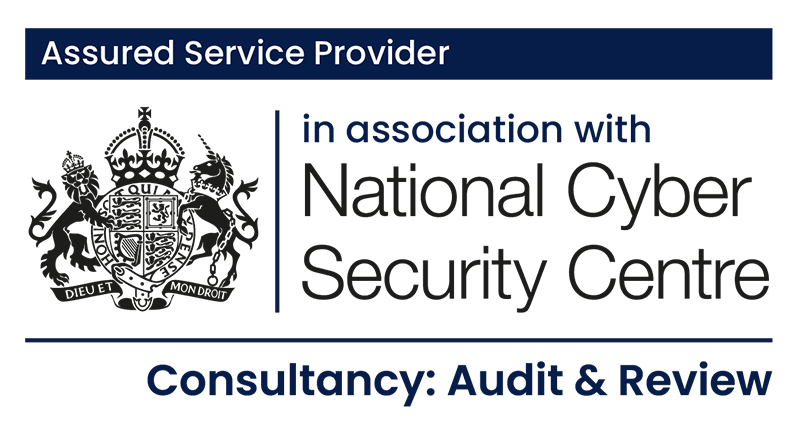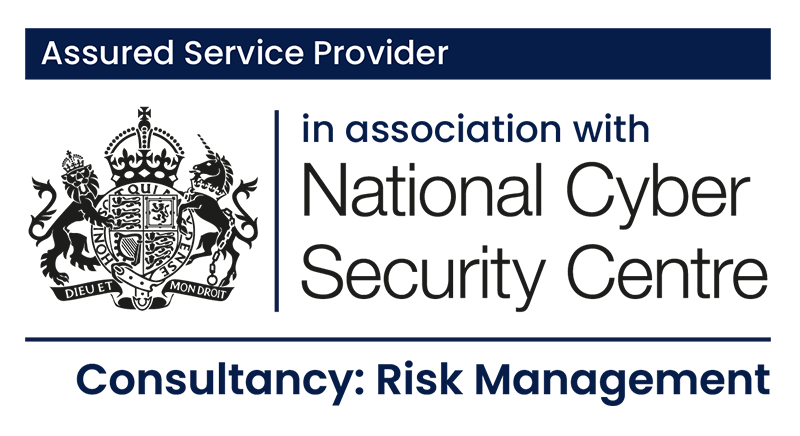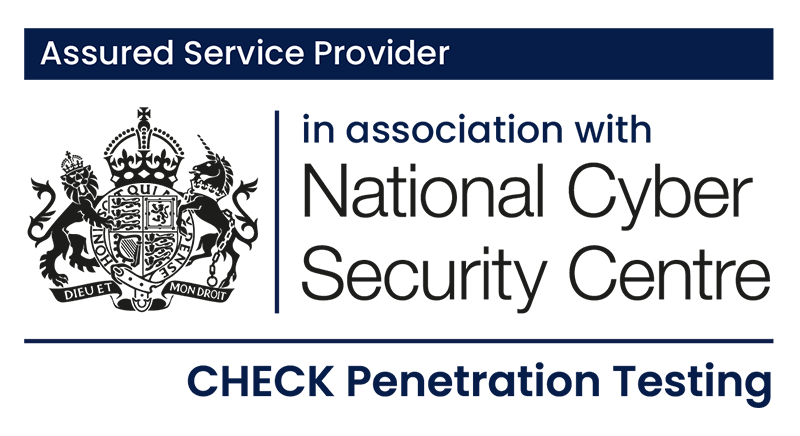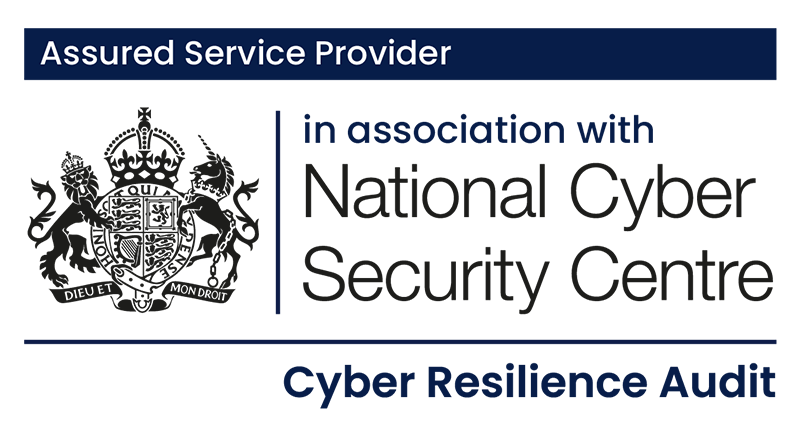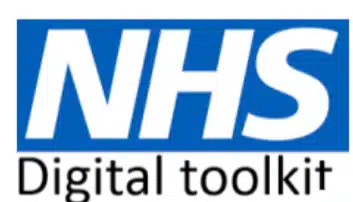Secure by Design sets a framework of Principles for the delivery of digital capability with cyber security and risk management at the core. This blog article explores how continual assurance measures: Vulnerability Management and Security Controls Testing ensure that delivery Principles including Principle 5: Build in Detect and Respond Security and Principle 7: Minimise the Attack Surface continue to be effective through-life by implementing Principle 9: Embed Continuous Assurance.
Vulnerability Management is a critical component of ongoing security assurance, providing risk owners with continuous evidence that the system’s security controls and capabilities are functioning as intended. This assurance spans the full lifecycle of a system from development to deployment and into ongoing operation.
Security Controls Testing verifies that security controls and capabilities continue to function as intended, especially after deployment and during system operation. Combined, they support the application of Secure by Design, building a resilient security posture.
Key Benefits of Vulnerability Management and Controls Testing
Secure by Design principles embedded into the development process, ensures that activities and controls such as threat modelling, secure coding, continuous testing, access controls, encryption and monitoring have validation mechanisms in place. In the next section of this article, we explore what the key principles are for vulnerability management and controls testing, highlighting the key benefits organisations can realise by adopting a Secure by Design approach.
Risk Mitigation and Management
Principle 5; emphasises proactively embedding detection and response mechanisms into systems and services during design and development, and not as an afterthought. This foundation allows vulnerability management to be more proactive, focusing on preventing vulnerabilities rather than just reacting to them. These Secure by Design controls serve as baselines, enabling automated detection of deviations or misconfigurations.
Ongoing vulnerability management supported by controls testing ensures that risk mitigation continues to be effective. Vulnerability identification, assessment and remediation provides risk owners the evidence that continuous monitoring validates that controls remain effective against evolving threats.
By documenting vulnerability trends, patch cycles, and remediation effectiveness, organisations can demonstrate compliance with internal security standards and regulatory requirements.
Security Controls Testing confirms that identified security controls remain effective in mitigating risks over time. This provides evidence that risk management remains effective, giving confidence that security posture across the system’s lifecycle remains.
Sustaining an excellent security posture after deployment is crucial, as systems can become vulnerable due to configuration drift, outdated software, or new threat vectors. Continuous validation through testing identifies where changes may have occurred and provides opportunity to resolve them, realising several benefits:
• Security measures continue to deliver protection as intended.
• Controls are not bypassed or degraded over time.
• The service continues to mitigate known and emerging risks.
Verifying operational effectiveness of controls post-deployment, ensure that updates, patches, or changes have not compromised system security and that security policies are applied and enforced. This helps to identify deviations from approved baselines or misconfigurations and prevents drift from security standards that can introduce new vulnerabilities.
Tracking Progress and Maturity
Ongoing vulnerability management and through-life controls testing helps track how effectively the implementation of Secure by Design principles are across the organisation including:
• Trends, gaps, and analysis of recurring issues can help to refine the secure development lifecycle and ensure continuous improvement.
• Metrics from vulnerability management such as time to patch, frequency of critical vulnerabilities, or compliance with baseline configurations support strategic objectives.
• Track maturity in Secure by Design adoption.
• Identify gaps in implementation or effectiveness.
• Adapt and improve processes to close those gaps, aligning with continuous improvement.
Reinforcing Secure by Design Through-Life
Vulnerability management is central to the success of other Principles, supporting the measures adopted by validating that they remain effective or providing opportunity for improvement. It covers the ‘Detect’ part of ’Detect and Respond Security.’ and involves continuously:
• Identifying known weaknesses (e.g., unpatched software, misconfigurations).
• Assessing the risk and severity of those vulnerabilities.
• Prioritising and remediating based on impact.
• Monitoring for signs of exploitation.
• Testing to confirm resolution of vulnerabilities and that they do not reappear.
Integrating Vulnerability Management with other through-life assurance and operational measures ensures a more robust security management programme. These include:
• Controls Testing: Regular testing validates that security controls (like patch management, access controls, logging) are effective in mitigating vulnerabilities and risks.
• Logging, Monitoring & Alerting: Vulnerability scanners, SIEM tools, and endpoint detection systems provide real-time visibility into potential threats exploiting known weaknesses.
• Incident Detection & Response: When a vulnerability is exploited, fast detection and coordinated response limit damage and prevent recurrence.
• Continuous Iteration: Threat landscapes evolve, so vulnerability management must be a continuous process, not a one-time event.
Having minimised the attack surface (Principle 7) during the design and build of the capability, Vulnerability Management and Controls Testing helps to identify new attack vectors and validate that the capability can remain resistant.
Continuously scanning for and identifying known security weaknesses across systems, applications, and networks – detects vulnerabilities early.
• Unnecessary or outdated services/components can be disabled or removed.
• Exposed ports, APIs, or services can be secured. This reduces the number of potential entry points, shrinking the attack surface.
Vulnerabilities are prioritised based on severity, exploitability, and asset criticality:
• Issues are prioritised, preventing adversaries from targeting easily exploitable paths.
• Unused or low-utility components that present elevated risk can be removed or replaced.
Vulnerability management often uncovers over-privileged accounts or services, or components running with unnecessary permissions.
• Controls Testing identifies if gaps exist and then by remediating these findings, organisations can enforce the principle of Least Privilege and Minimised Functionality.
• These improvements ensure that only essential capabilities are exposed.
Vulnerability data informs threat models.
• Helps understand real-world attack vectors and the likelihood of compromise.
• Supports asset and risk management in focusing mitigation efforts where they matter most.
Ongoing vulnerability assessments ensure newly introduced components do not expand the attack surface unnecessarily. Supported by Controls testing, this validates that updates, patches, and configuration changes have not inadvertently reintroduced risk.
Vulnerability management is not just a technical function it is a continuous, evidence-based assurance process. When integrated within Secure by Design practices, it provides risk owners with confidence that security measures are both present and effective, supports the detection and resolution of implementation gaps, and helps ensure that systems remain resilient throughout their operational life.
Understanding the key challenges
Vulnerability management plays a crucial role in upholding Principle 5 and Principle 7, which emphasises the need for integrated capabilities to detect, respond to, and recover from security incidents. Principle 7 advocates reducing the number of exploitable points in a system, but in practice, achieving this while managing vulnerabilities is complex. Consequently, aligning vulnerability management practices with this principle comes with several challenges:
Visibility Gaps & Poorly Defined Ownership and Responsibilities:
- Challenge: Incomplete asset inventories, and unmonitored/unscanned systems make it hard to detect vulnerabilities across the full attack surface. The lack of clarity over who owns which assets or components with users/developers unknowingly increase the attack surface.
- Impact: Undetected vulnerabilities in these “blind spots” if exploited, hinder both detection and timely response. This leads to gaps in vulnerability remediation, attack surface monitoring, misconfigurations, unsafe code practices, and ignored security guidance.
Integrating DR Tools with Complex and Dynamic IT Environments:
- Challenge: Modern infrastructures (cloud, containers, microservices) changing rapidly and the lack of integration between vulnerability scanners and SIEM (Security Information and Event Management) and/or EDR (Endpoint Detection & Response) platforms.
- Impact: The constant changes make it hard to maintain an up-to-date view of the attack surface and it also limits the ability to correlate vulnerabilities with active threats or incidents, reducing effectiveness in prioritising or automating responses
Prioritisation of Risks & Patch Management Delays:
- Challenge: Security teams may struggle to prioritise which vulnerabilities require immediate attention due to limited context (e.g., threat intelligence, exploitability, asset criticality). Once they have decided on a priority, patching can cause downtime or affect business operations, leading to delays.
- Impact: Prolongs vulnerability exposure, especially in high-risk systems. Time and resources may be wasted on low-risk issues, while critical threats remain unaddressed.
Outdated Vulnerability Data and Integrating Legacy & Complex System Updates:
- Challenge: Modification, update or decommissioning of older systems often results in significant cost or disruption. Careful consideration must be taken when updating components (e.g., third-party libraries, firmware, OS) as these can break existing functionality or introduce new vulnerabilities. And relying on outdated vulnerability databases or incomplete scanning (e.g., failing to detect zero-days or misconfigurations) does not help. Legacy systems may not have been developed with SbD principles in mind and can have undocumented vulnerabilities.
- Impact: These systems increase the attack surface and may have un-patchable vulnerabilities. They can introduce weaknesses or incompatibilities in otherwise secure environments. This weakens the ability to proactively detect or prepare for exploitation attempts. It also becomes difficult to ensure that security controls still function post-update.
Organisational Silos:
- Challenge: Vulnerability management is often handled by separate teams from incident response or threat detection.
- Impact: Creates communication gaps, slows coordinated response, and leads to disjointed security workflows.
How a specialist Cyber Security Provider can help organisations to address these challenges
To help organisations overcome these challenges organisations who do not have the in-house skills, expertise or knowledge should engage with a specialist cyber security services provider. A reputable cyber security services provider should have a track record of and be able to deliver holistic and managed cyber security services which keeps people, data, systems, and technology infrastructure secure, resilient, and compliant. For example, at Cyberfort we provide National Cyber Security Centre assured Consultancy services that leverage our technology, hosting, and Security Operations capabilities to Identify and protect against cyber-attacks, detect and respond to security incidents.
Our Managed services provide vulnerability management that integrates with threat detection capabilities, connecting scanners with SIEM and/or EDR platforms for better context and automation.
- We use Risk-Based Prioritisation, leveraging common risk and severity scoring methods such as CVSS, asset values, exploit availability, and threat intelligence to prioritise vulnerabilities.
- We implement continuous monitoring as a shift from periodic scanning to continuous assessment and detection.
- We break down silos and encourage cross-team collaboration between vulnerability management, SOC, and IT operations.
Additionally, we reinforce the continuous monitoring regimes through proactive and reactive controls testing. Reactively done in response to risk or incident resolution, providing assurance that controls are in place and effective. Proactively testing controls baselines can be crucial for either identifying controls weaknesses which lead to risks or mitigating issues before they become risks in the future by validating controls are effective. Whilst vulnerability management tends to focus on the technology landscape, controls testing can consider validation of the people, process, and procedural controls.
Reactive testing from external audits has included the review of Joiners, Movers, Leavers (JML) processes, to identify issues within the Leavers part of the current JML process that is in place that were resulting in unrevoked accounts.
Proactive controls testing conducted as a gap analysis against expected policy implementations to ensure that conformance by the business and those supporting the business in functions. An example of this validated that contractors with permission to craft and modify code held the correct vetting status, as per the businesses vetting policy set in place by the CISO.
Final Thoughts
Vulnerability management in the context of security assurance across the system lifecycle is challenging because it demands continuous effort, adaptation, and validation. It can however be effective in minimising the attack surface when integrated with asset discovery, risk analysis, and threat modelling. Organisations can increase the security return on investment and comply with the security principle of “necessary and sufficient” using only what’s required to deliver a secure, functional service.
Security Controls Testing within the ‘Secure by Design’ lifecycle ensures that security controls operate effectively throughout the system lifecycle, not just at deployment of a system going live. When integrated correctly into a Secure by Design security programme, it delivers continuous assurance to risk owners by validating the ongoing mitigation of risks, enabling timely detection of failures, and reinforcing organisational security posture, while also proactively identifying and closing gaps before risks arise.
While Secure by Design embeds security into every stage of the system lifecycle, ensuring that it continues to perform as intended, requires more than simply good initial design. These through-life concepts and Principles, delivered effectively can allow organisations to respond to the changing threat landscape, minimising the impact of systems becoming vulnerable, but this requires effective threat intelligence and resources to maintain the services.
For more information about Cyberfort Secure by Design consultancy services and how we can help your organisation to become secure, resilient and compliant contact us at [email protected].

